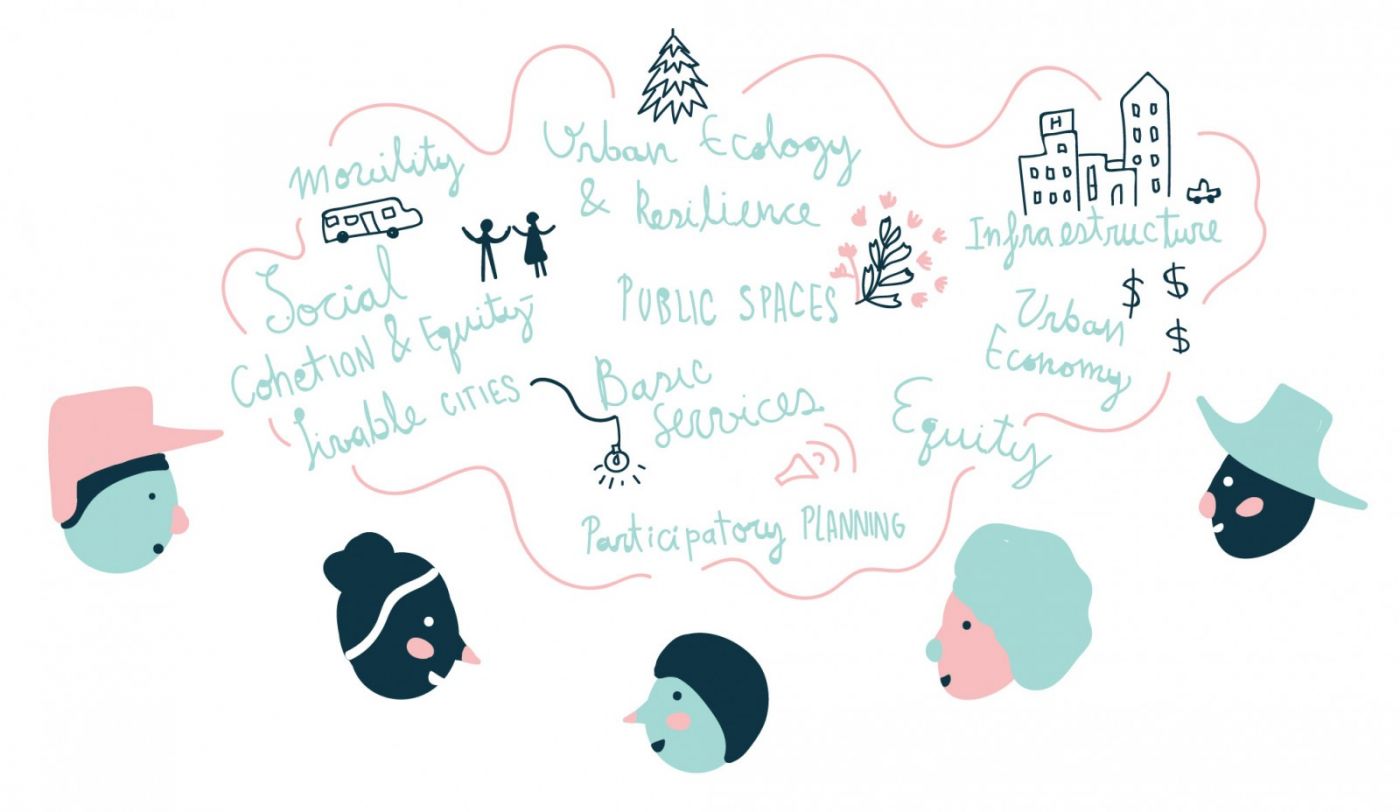Housing Field Reacts to Marcia Fudge HUD Nomination
By Miriam Axel-Lute
Read the full article from Shelterforce here.
“There are two strains of reaction to Fudge’s nomination in the housing world. One is a feeling that the choice by Biden of someone with little experience who clearly preferred another role reflects that he does not take housing policy as seriously as was hoped and that qualifications are taking a back seat to other considerations in the cabinet process…But still, some, especially those who have worked with her, do have an actively optimistic perspective that exceeds the carefully politic.”










